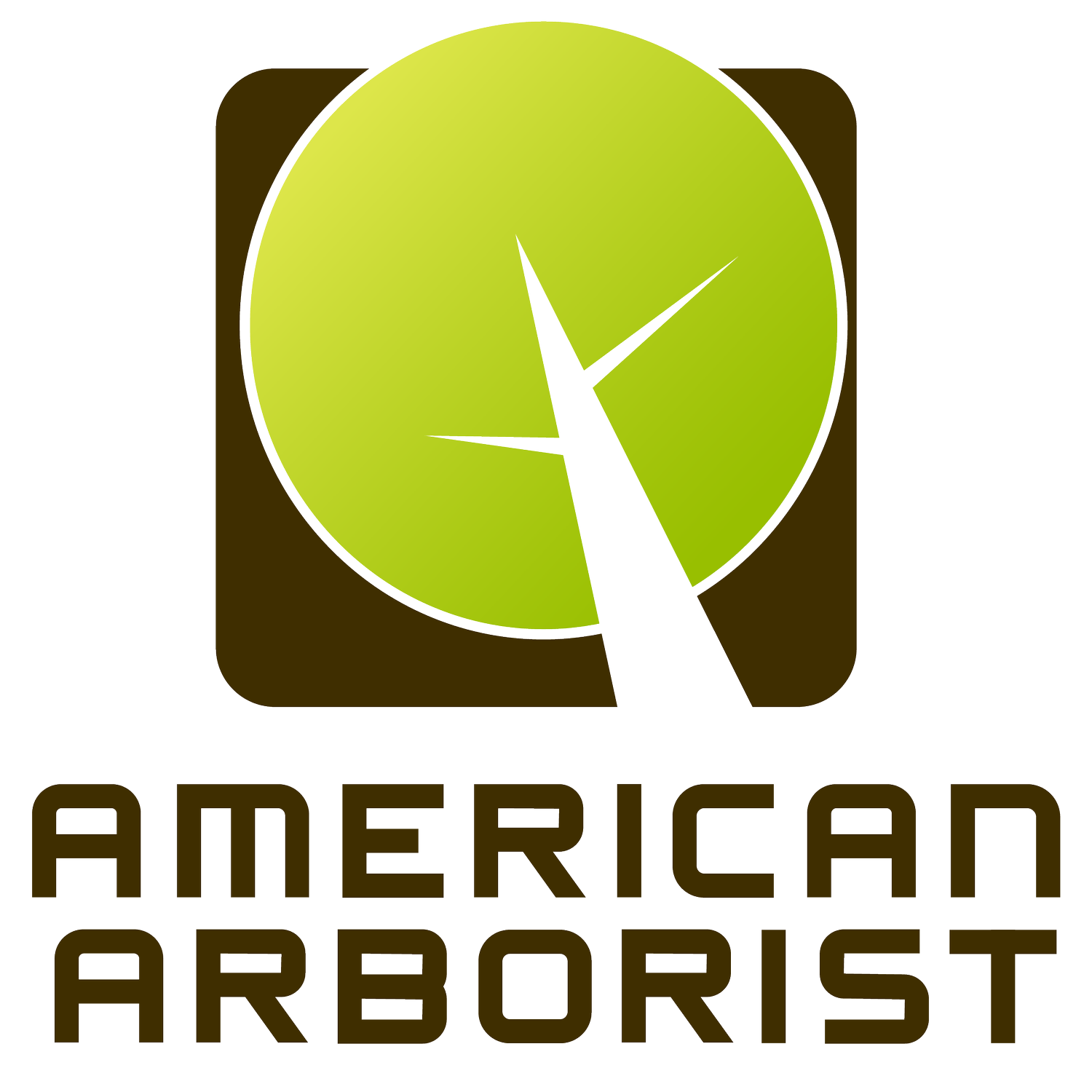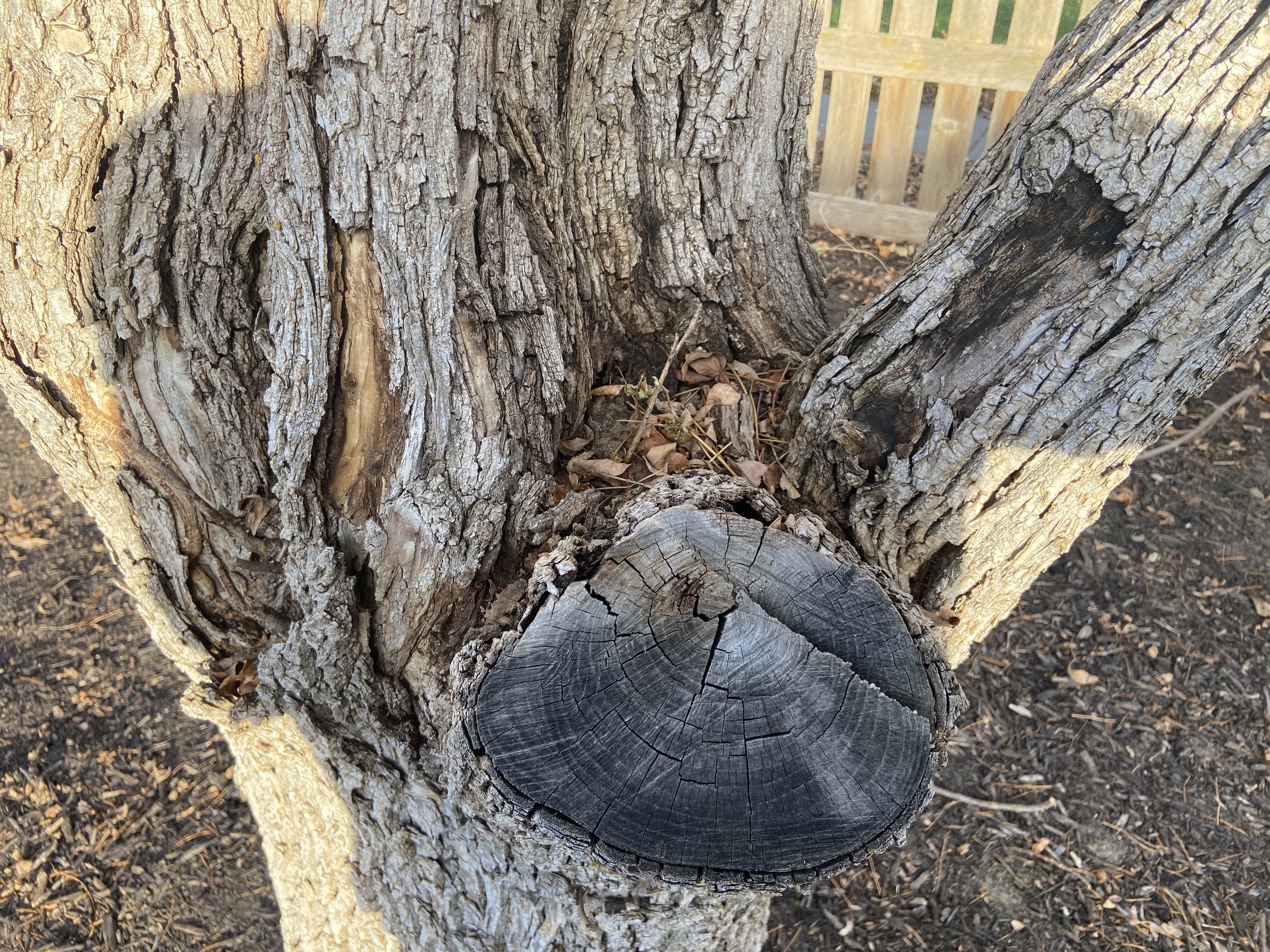
TREE TREATMENT
SERVICES IN OMAHA
WHY TREE TREATMENT MATTERS.
All trees have a vascular system that transports water, nutrients and minerals throughout the tree.
When that system is damaged—via pests, diseases or environmental stress—your tree’s health and survival become compromised.
That’s no fun for your tree, or for you.
Whether it’s trimming, injecting or fertilizing, we take pride in ensuring your trees are treated and kept healthy all year round. Our licensed experts can tackle any job that comes their way.
SIGNS YOUR TREE NEEDS TREATMENT
WHEN YOU SEE…
-
You may see insects or their larvae on your tree, or you may notice signs of damage, such as webbing or frass.
-
In the spring/summer, bare branches where leaves should be abundant are the biggest sign of tree illness.
In the fall/winter, dead leaves should fall off the tree—if they’re clinging to their branches, your tree could be unhealthy.
-
Along with decreased growth, rusty colored leaves that are yellow or brown are often signs of root rot and other tree diseases.
-
Larger, more frequent tree bark peeling is another sign of disease—especially if internal fibers are exposed.
-
Fungus on your trees will be visible in mushroom-like spores and soft bark, especially near the base of the tree or the roots.
-
Unlike the careful cuts from tree trimming, torn branches, large cuts or splits in the tree leave it vulnerable to disease.
-
If you have ash trees on your property, bi-annual treatment can protect the trees from the Emerald Ash Borer.
Or you can cut them down.
It’s ultimately up to you, but we can help in the decision-making process.
HOW TREE TREATMENT WORKS
When conducting maintenance on a tree, whether trimming, injecting or fertilizing, our mission is to be as least invasive to the tree as possible.
To do so, American Arborist proudly uses Wedgle Direct-Inject for all systemic chemical injections.
It’s the fastest, most effective, tree-friendly way to treat trees for a broad range of destructive pests, harmful diseases and nutrient deficiencies.
The system utilizes a sleek, needle-like application that penetrates the bark of a tree, creating a route for the medicine to travel from the Wedgle unit into the trees.
The needle leaves behind a very small hole that can be easily scaled up by the tree, helping to reduce the risk of infection.
TYPES OF TREE TREATMENTS
Insecticides
Bactericides
Miticides
Pesticides
Iron injections
Deep root fertilizers
Growth regulators
Anti-transpirants & dormant oils
Deep root watering
TREE TREATING PROCESS
GET A FREE TREE TREATMENT ESTIMATE
WE TREAT OUR CUSTOMERS LIKE FAMILY.





























